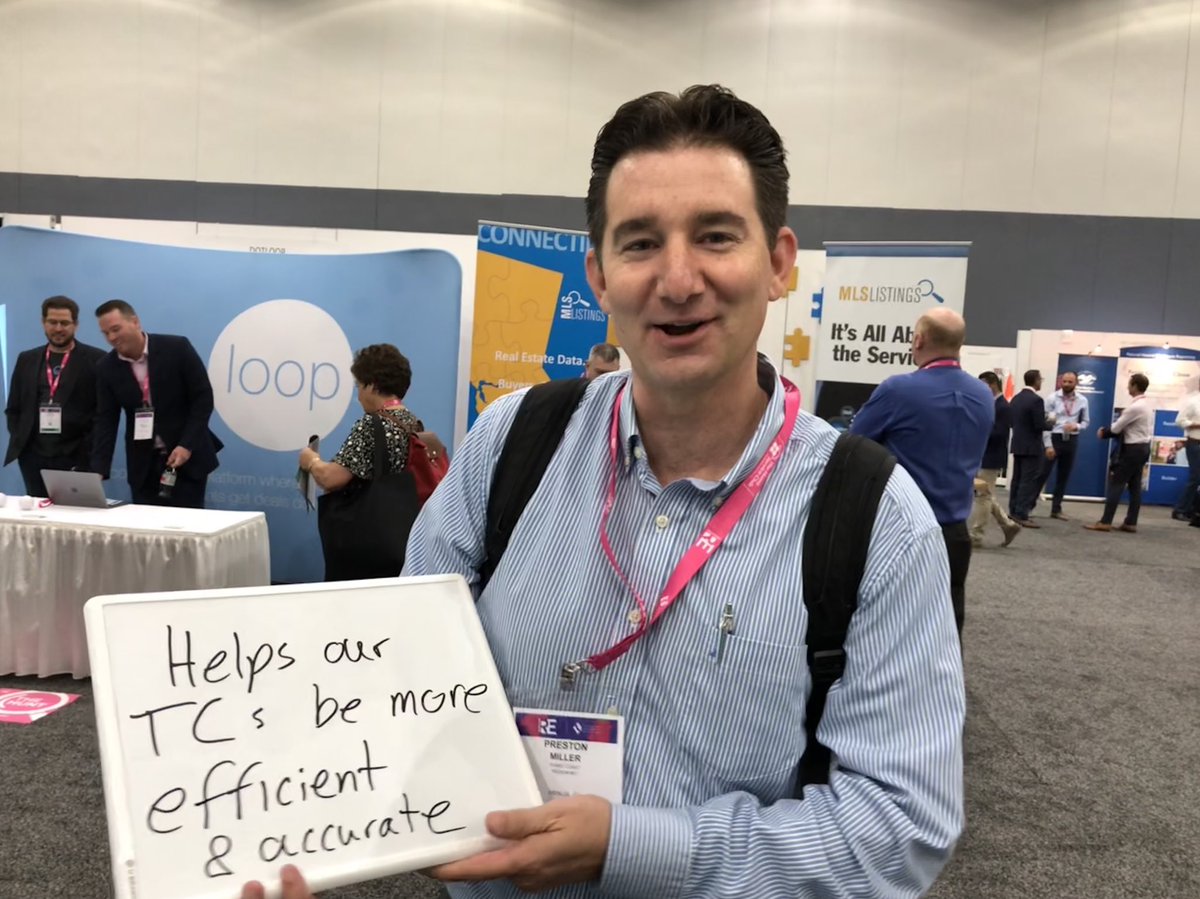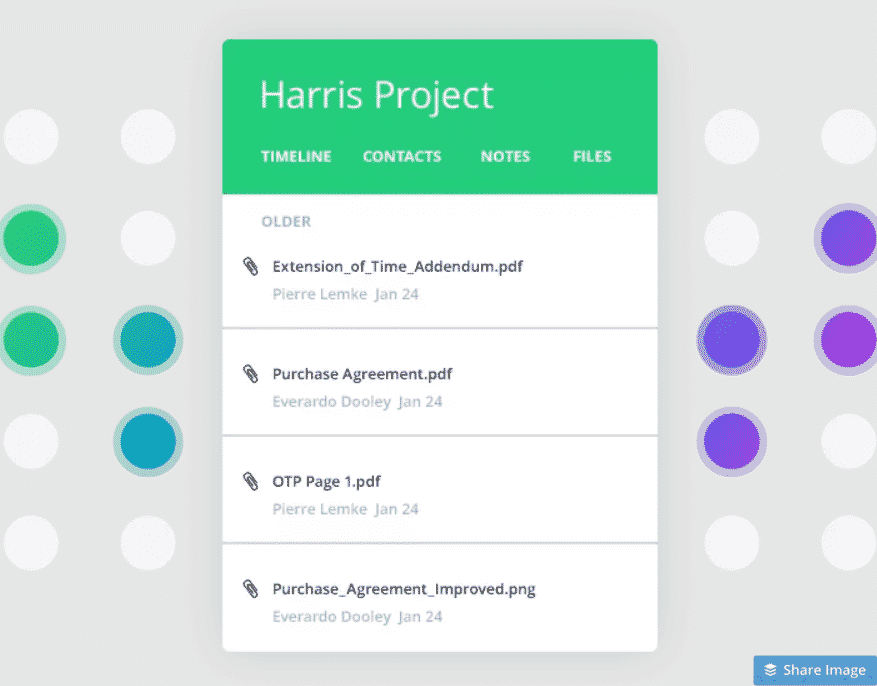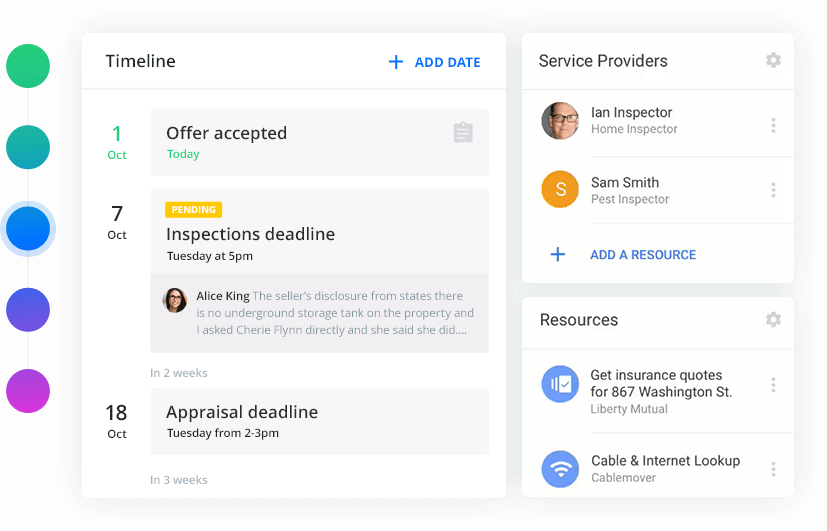
Jonathan: Pretty early on we decided we wanted to be a fully asynchronous team, which means we don’t need live conversations to get our work done. Russ: Looking back, what early decision proved crucial to your success? I also read everything I could find, including Gitlab’s Remote Manifesto, which has a lot of great information on the different models out there.

But we also found people like Thejo Kote, CEO of Airbase, who did it to hire the best possible team without being tethered to geography or the inefficiencies of office work that have come to the forefront since COVID. Ash was really helpful in making introductions.Īt the time many of the companies shifting to all-remote were bootstrappers that hired patchwork teams in different areas to save money. Jonathan: We interviewed CEOs who built remote companies using all types of models. In the meantime, we’d realize the cost benefits by focusing on areas with great talent and a reasonable cost of living. That brought its own problems, as employees in San Francisco wanted to work remotely, too.Ī little over 14 months ago I went to the board and said I wanted to do something radical: I wanted to build a team globally, sourcing the best talent we can find. I started to experiment, hiring people in different areas and building a hybrid team of remote and on-premise employees. I started thinking, “We’re building this thing that's supposed to usher in the future of work, and this doesn’t feel like the future of work.” San Francisco used to be the center of the universe for startups it feels increasingly less so. Also, we had a hard time building a team because it was so competitive in San Francisco. For one, my co-founder wanted to get back to his life in New Jersey. It didn’t take long for us to bump into problems. When we started the company, I asked my co-founder to move to San Francisco from the East Coast - that’s how strongly I believed in the need to all be together in the same room sharing Post-it notes and enjoying the benefits of serendipity. Did you have a crystal ball telling you remote work was the future? Russ: You decided to transition your company to an all-remote workforce well before COVID hit. Today our system is used in almost 40% of all the residential real estate transactions in the U.S., and we’re expanding to new markets.


We created a machine learning algorithm that functions as a workflow compression tool. It’s a consequence of inefficiencies in the core tool set that people use to do their work, and it’s particularly acute for complex process managers - real estate agents, architects, event planners, divorce attorneys - who have to coordinate relatively complicated processes with a lot of stakeholders all working at different companies. I quickly realized this wasn’t just a real estate problem it’s a modern work problem that most of us have. Jonathan: When my wife and I were buying our home, I observed that our agent - who we loved - spent a significant portion of his time on tedious, administrative project management tasks. Russ: What was the origin of Amitree and your core product, Folio? My parents were both psychologists, and the first program I wrote was like a virtual psychologist that would ask you questions about how you’re feeling and spit back random answers.
#FOLIO AMITREE HOW TO#
I’ve always loved the process of understanding problems people have and figuring out how to solve them - and delight them in some way. Jonathan: I’ve been a technology entrepreneur pretty much my whole life. Russ: How did you first get interested in tech? He learned a lot about what works - and doesn’t - when building remote teams and shared some of those lessons with us. Aizen manages a team of a dozen people across nine countries from his home near Tel Aviv. That day also marked a crucial turning point for his fledgling company, which is now cash-flow positive. “That was easily my hardest day as a founder,” said Aizen, who’s started three companies and steered one through the Great Recession. He’d shutter the expensive office and restructure the team (those who left did so with generous terms) and hire a new, global staff. In October of last year, months before the global pandemic got underway, Aizen gathered his 25-person team at their San Francisco headquarters to announce the company was going all-in on remote work. Though in his case, the pandemic had nothing to do with either decision. Like many Silicon Valley founders, Amitree CEO Jonathan Aizen spent much of the past year navigating both a shift to remote work and a painful reorganization.

Amitree founder and CEO Jonathan Aizen shares lessons from going all-in on remote work


 0 kommentar(er)
0 kommentar(er)
